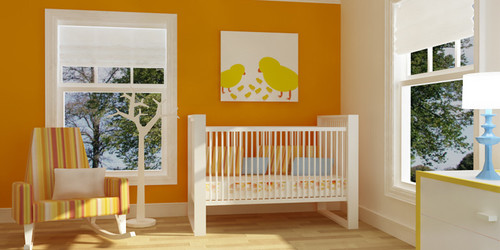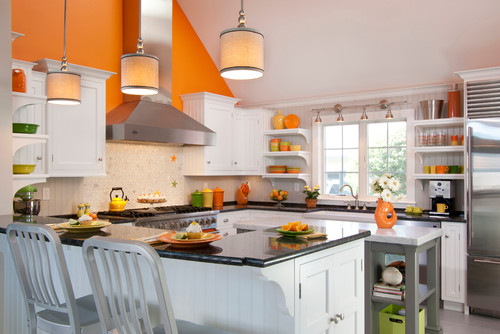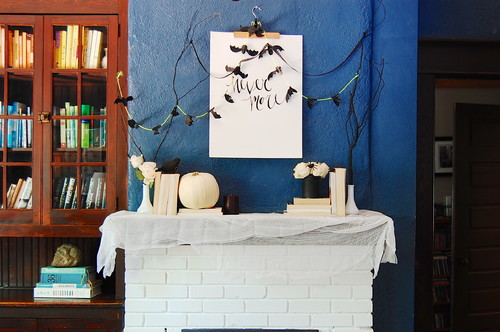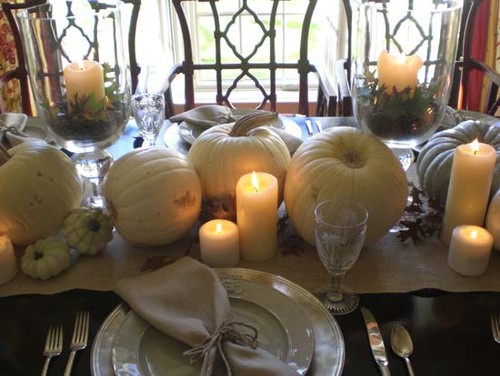![]()
Art is very personal, and each piece has a certain power to draw people to itself through its content, color, style, and texture. When choosing art for your home, there are many considerations to be made. Consider the size of the piece you need, which colors you want to compliment the particular room’s decor, and if you want it to be the focal point that draws your focus. OR, do you want the artwork to stand on its own and not necessarily be confined to the color palette in the room?
So which types of artwork are there?
Original – An original piece of art is an authentic example of work created from the artist with their own hand and is usually signed. It is not reproduced or an imitation. There is only one piece exactly like it in the world. When choosing an original piece, first, you need to set your budget. Original pieces can range from inexpensive, for unknown artists, to outrageous, for sought-after or famous pieces and artists. Next, take into consideration the space that you are looking to fill. Many original pieces capture the light in the texture of the medium used. Consider where you will be hanging this original piece and how sunlight coming in a window will affect it. Third, when it comes right down to it, beauty is in the eye of the beholder. When The art in your home should be what you are truly attracted to – the look of the piece or the prestige of having an original piece.
![]()
PRINTS
There is only one original piece of art. Therefore, once it’s sold, there are no more. Many artists are including reproductions of their original pieces. They are not unique works of art, but can come in a ‘limited series’ which, if they come from a notable artist, could increase in value over time, or mass-produced copies. For the buyer, a print is more affordable, easier to find online, and replaceable. Prints are a great way for new art collectors to start their collection.
GICLEE
A giclee, pronounced zhee’clay, is a superior-quality print. Giclee means ‘to spray’, which is exactly what an ink jet printer does. It’s created using at least 300 dots per inch and an ‘archival’ type of printing paper, canvas, or watercolor paper. The ink used is pigment-based rather than dye-based. Some giclee prints can have limited texture. The way you tell a giclee print compared to an original is to, first, run your hand along the surface of the piece. Consequently, If you can feel the raised paint or color on the canvas, then most likely an original. It is more than likely a print if it looks like the medium is seeped into the canvas and smooth. You can also take the frame off and check the edges. An original will have rough, therefore uneven paint on the edges which would not be evident in a giclee print.
![]()
DIMENSIONAL
Three-dimensional art pieces can be seen from all sides and angles. This in comparison to two-dimensional flat artworks. There are two types of three-dimensional art pieces. Free-standing sculptures usually represent people, animals, or abstract shapes. There are carvings, sculptings, castings, weldings, and glass art. Artists typically use wood, stone, clay, glass, or metal to create them. Reliefs is another type of dimensional art. This is where the dimension raises up off of a flat surface or it is sunken or carved out of a flat surface.
![]()
LIGHTING
You want to place your art at center stage with proper lighting. Using proper lighting techniques, will allow you to view it safely for years to come. There are three main rules to consider. The first is to avoid direct sunlight. Ultraviolet light and infrared radiation cause fading. The second is to insure adequate distance of the lighting. You need to protect the art from any heat damage. Third, avoid fluorescent lighting. Ultraviolet energy causes color fading and distortion. The lighting highlighting artwork should be three times brighter than the regular room lighting. Use a high CRI (Color Rendering Index) percentage in the lightbulbs. The closer to 100 percent, the more it will bring out the vibrance of colors. If there is adequate spacing between the lighting and the art, it is best to use LED lighting. The angle of the lighting should be 30 degrees to reduce the glare. If you have a larger frame, add 5 degrees to the angle. Subtract 5 degrees if you want to accentuate the texture of a painting. The lighting should draw attention to the art, not the lighting itself….The Art In Your Home.
CONCLUSION
The art of your home stimulates the senses and emotions as well as empowers the soul. Therefore, you should choose pieces that work harmoniously with the style of each room but most importantly that capture your attention and create a reaction. When you find a particular piece that you’ve fallen for, find out a little more about whether it’s an original or a print. Specifically, look into the artist, their values, the background, and learn about what inspired them to create it. See if there are other pieces they’ve created.
We love our local sources for original art and finding those perfect pieces for each project. If you need help finding those perfect pieces, reach out to our team at info@bgidesign.com to start your collection or schedule a consultation to get some feedback on your current space.
If you’d like to see more of our projects, follow us on Instagram at @bgidesigner.
Best,
![]()








